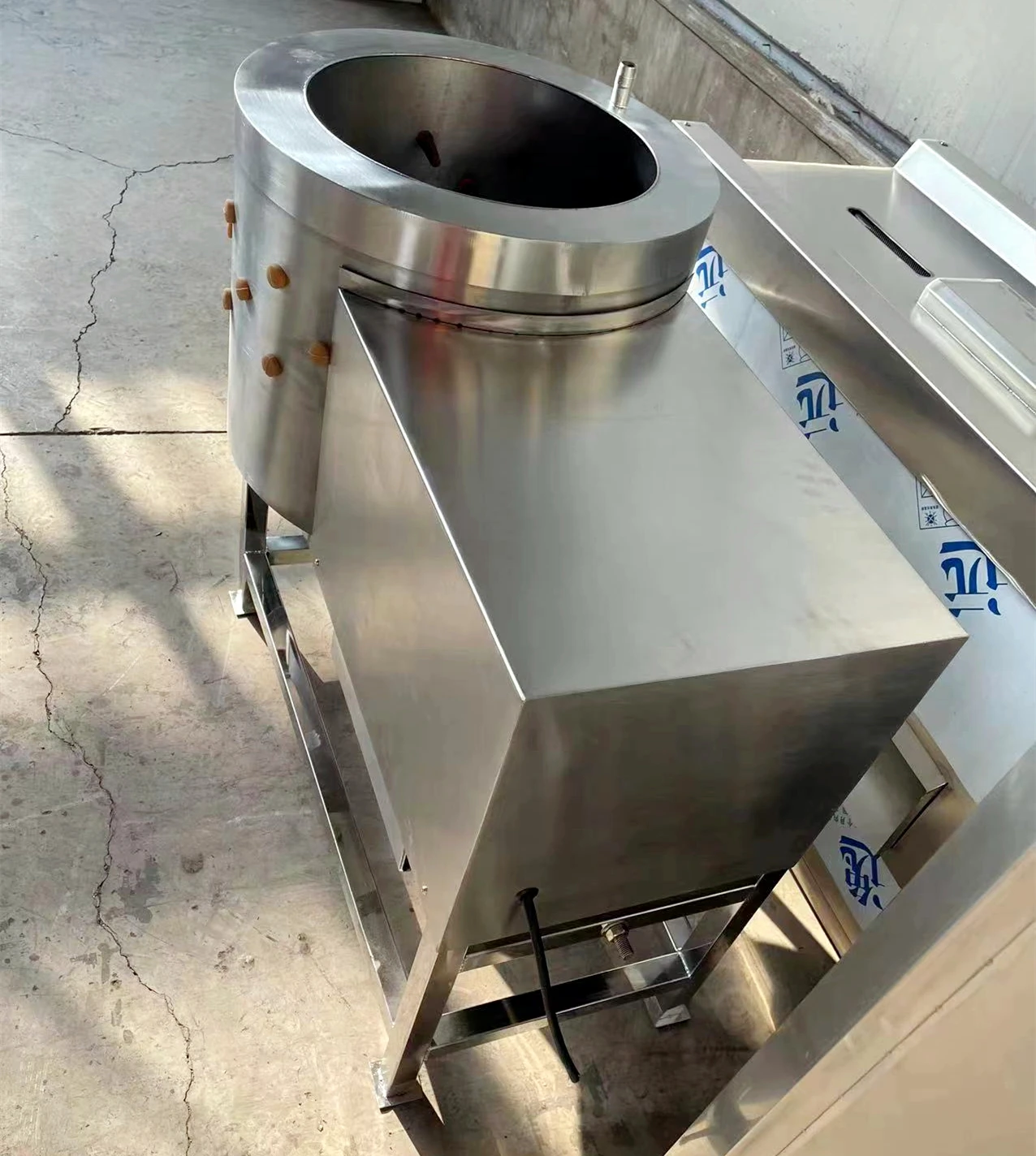Efficient Machine for Peeling Chicken Feet with Precision and Speed
ធ្នូ . 09, 2024 19:10 Back to list
Efficient Machine for Peeling Chicken Feet with Precision and Speed
The Importance of Chicken Feet Peeling Machines in the Food Processing Industry
In recent years, the chicken processing industry has witnessed significant advancements in technology, particularly in the area of efficiency and automation. One notable innovation that has gained popularity is the chicken feet peeling machine. This specialized equipment plays an essential role in the food industry, particularly in regions where chicken feet are considered a delicacy and a valuable source of nutrition.
Understanding Chicken Feet as a Culinary Ingredient
Chicken feet are rich in collagen, vitamins, and minerals, making them a sought-after ingredient in various culinary applications. They are frequently used in Asian cuisines, particularly in dishes like soups, stews, and snacks. Due to their nutritional benefits and unique texture, the demand for properly processed chicken feet has increased. However, before these delicacies can reach consumers, they must undergo thorough cleaning and peeling to ensure quality and safety.
The Role of Chicken Feet Peeling Machines
Traditionally, peeling chicken feet was a labor-intensive task that required significant manual labor. This method not only consumed valuable time but also posed hygiene risks due to the potential exposure to contaminated surfaces and the reliance on human dexterity. However, the advent of chicken feet peeling machines has revolutionized this process, providing numerous advantages over manual methods.
1. Efficiency Chicken feet peeling machines can process large quantities of feet in a fraction of the time it would take to do so manually. This increased throughput allows processors to meet the growing demand for chicken feet, especially in markets where they are a popular snack or delicacy.
chicken feet peeling machine

2. Consistency One of the main challenges with manual peeling is the inconsistency in the quality of the finished product. Chicken feet peeling machines ensure uniformity in peeling, which not only improves the appearance of the product but also adheres to stringent food safety standards.
3. Labor Reduction By automating the peeling process, food processing plants can significantly reduce their labor costs. Fewer workers are needed for the peeling process, allowing staff to be redirected to other critical areas of production or quality control.
4. Hygiene and Safety Automation minimizes human contact with the product, reducing the risk of contamination. Modern chicken feet peeling machines are designed with food safety in mind, featuring materials that are easy to clean and maintain, which helps in complying with health regulations.
5. Adaptability Many chicken feet peeling machines are equipped with adjustable settings, allowing operators to customize the peeling process based on the specific requirements of different chicken varieties or market preferences. This flexibility is essential for processors catering to diverse consumer tastes.
Conclusion
The chicken feet peeling machine is a vital piece of equipment in the food processing industry, particularly for regions where chicken feet hold cultural significance. By enhancing efficiency, ensuring product consistency, reducing labor costs, improving hygiene, and providing adaptability, these machines represent a significant leap forward from traditional manual peeling methods.
As consumer demand for chicken feet continues to grow, and as food safety regulations become more stringent, the importance of investing in advanced processing technology will only increase. For processors aiming to remain competitive in the marketplace, adopting chicken feet peeling machines is not just beneficial; it is essential for achieving operational excellence and culinary quality. Whether for export or local consumption, the future of chicken foot processing looks promising, thanks to these innovative machines that facilitate the transition from farm to table with greater efficiency and safety.
-
Automatic Feeding Line System - Anping Yize | Efficiency&Durability
NewsJul.29,2025
-
Automatic Feeding Line System - Anping Yize|Poultry Efficiency&Durability
NewsJul.29,2025
-
Automatic Feeding Line System-Anping County Yize Metal Products Co., Ltd.|Durable PP Material&Easy Maintenance
NewsJul.29,2025
-
Automatic Feeding Line System-Pan Feeder Nipple Drinker|Anping County Yize Metal Products Co., Ltd.
NewsJul.29,2025
-
Hot Sale 24 & 18 Door Rabbit Cages - Premium Breeding Solutions
NewsJul.25,2025
-
Automatic Feeding Line System Pan Feeder Nipple Drinker - Anping County Yize Metal Products Co., Ltd.
NewsJul.21,2025






